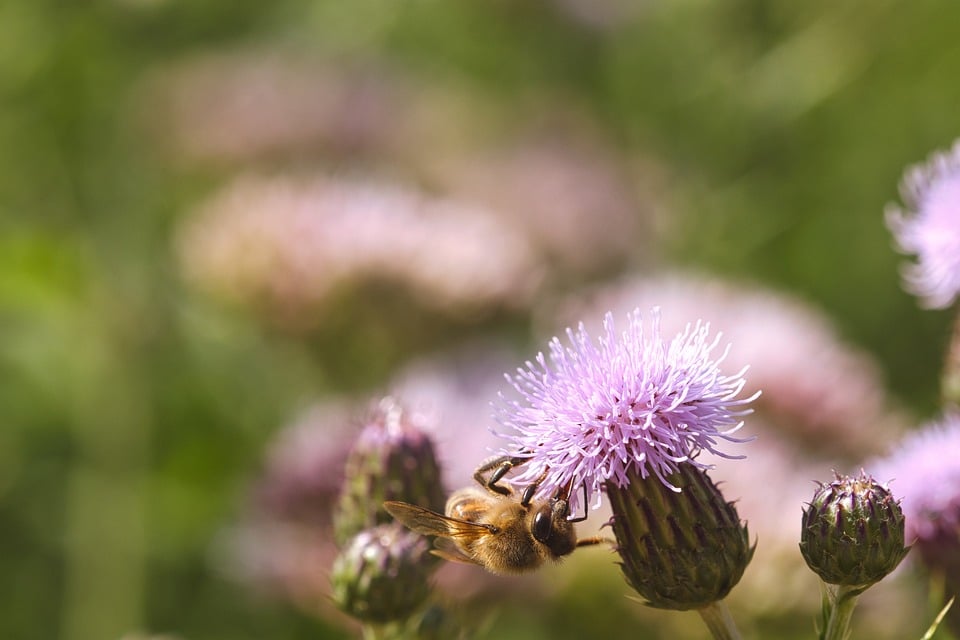In today’s world, the practice of witchcraft has undergone a remarkable transformation from being persecuted and marginalized to being embraced as a source of empowerment and self-expression. The journey of witchcraft through history has been fraught with challenges, but today, many people are reclaiming this ancient practice as a way to connect with their spirituality and take control of their lives. In this article, we will explore the evolution of witchcraft, from its dark past to its bright future, highlighting key aspects of its historical context, current state, and future predictions.
The Historical Context of Witchcraft
Witchcraft has a long and complex history, with roots that can be traced back to ancient civilizations such as the Egyptians, Greeks, and Romans. However, it was during the medieval period that witchcraft became associated with evil and persecution. The witch hunts of the 15th to 17th centuries targeted primarily women who were accused of practicing witchcraft, leading to countless executions and widespread fear.
Despite the dark history of witchcraft, there have always been practitioners who continued to keep the traditions alive. In the 20th century, the rise of modern witchcraft, or Wicca, brought a new wave of interest in the practice, focusing on nature-based spirituality and the worship of goddesses.
The Current State of Witchcraft
Today, witchcraft is experiencing a resurgence in popularity, with more and more people turning to it as a way to connect with their inner power and spirituality. Modern witches, often referred to as Wiccans or pagans, practice a variety of rituals, spells, and ceremonies to honor the earth and the divine.
Some key aspects of the current state of witchcraft include:
– Diversity: Witchcraft has become more inclusive, welcoming people of all genders, sexual orientations, and backgrounds.
– Empowerment: Many practitioners view witchcraft as a tool for self-empowerment, helping them to take control of their lives and manifest their desires.
– Community: There is a strong sense of community among witches, with many joining covens or online groups to share knowledge and support each other.
The Future of Witchcraft: Predictions and Trends
As we look to the future of witchcraft, there are several key predictions and trends that may shape its evolution:
– Mainstream acceptance: Witchcraft may continue to move out of the shadows and into the mainstream, with more people exploring its practices and beliefs.
– Technology: The rise of social media and online communities may further connect witches around the world, enabling them to share knowledge and support each other.
– Environmentalism: With a growing focus on environmental issues, many witches are incorporating eco-friendly practices into their rituals and ceremonies.
Conclusion
In conclusion, the evolution of witchcraft from persecution to empowerment is a powerful reminder of the resilience of human spirit and the enduring power of ancient traditions. As we continue to explore the world of witchcraft, it is important to honor its history while embracing its potential for growth and transformation. Whether you are a seasoned practitioner or a curious novice, witchcraft offers a path to self-discovery, community connection, and personal empowerment.
Thank you for joining us on this journey through the evolution of witchcraft. We encourage you to explore further resources and continue your exploration of this fascinating and transformative practice. Blessed be.
